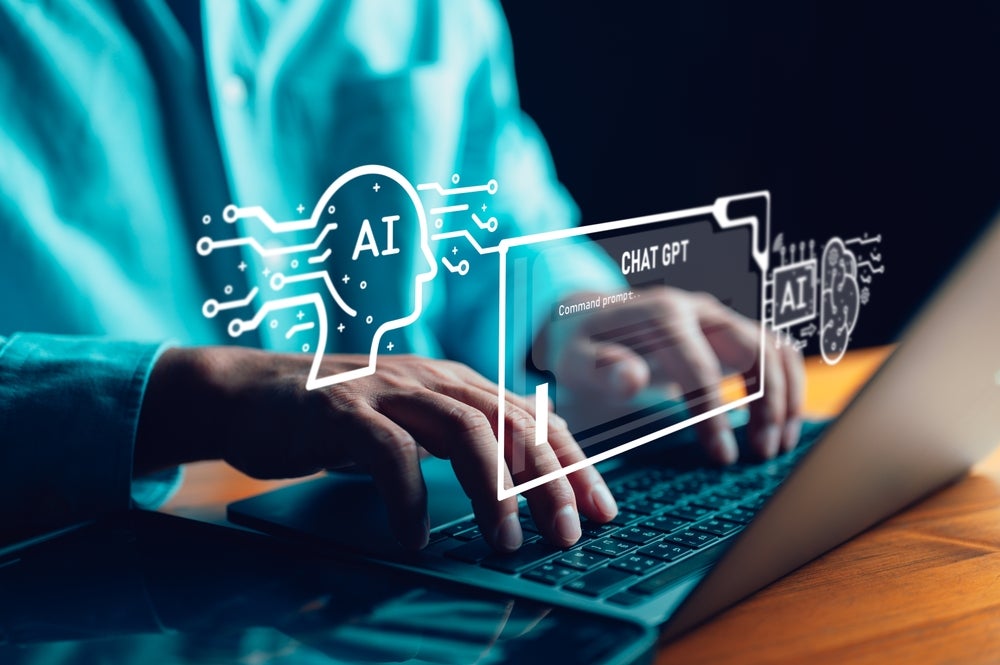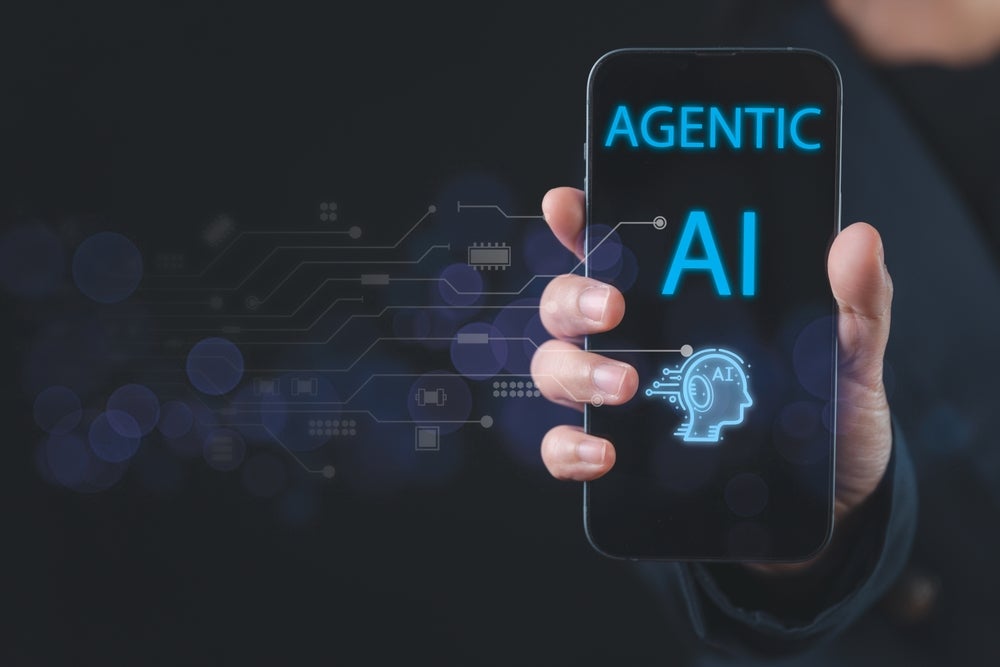Religious beliefs and practices are concepts that have been shared between humanity for generations, with myriad religions offering unique teachings and outlooks to their followers.
But in these ancient systems of belief, where does AI fit in?
AI-powered Jesus
In August 2024, a small ancient church in Lucerne, Switzerland, decided to launch an experiment to determine how people would react to an AI Jesus.
To do this, St. Peter’s Chapel temporarily swapped its priest-manned confessional with a multi-lingual bot and a hologram of Jesus. For the project, named “Deus in Machina”, the AI program was trained in theological texts so that when prompted, it could provide an accurate and relevant response to the user in 100 different languages. The church expressed to the users that they are not engaging in a traditional confession, so they should not treat it as such.
During its trial period, more than 1000 people of different religions, races, and ages took the opportunity to converse with the avatar. Amid the results from 230 recorded users, two-thirds stated that they had found it to be a “spiritual experience”, suggesting a positive encounter with the AI tool. Some disliked the experience, saying the responses seemed superficial and repetitive at times.
After the conclusion of its trial period, it was decided that the project was best left as an experiment, and it was not progressed further.

US Tariffs are shifting - will you react or anticipate?
Don’t let policy changes catch you off guard. Stay proactive with real-time data and expert analysis.
By GlobalDataThe religious limitations of AI
The majority of feedback being positive suggests that the AI experiment had some benefits. Most notably, the AI-powered Jesus could speak 100 different languages, which meant that most language barriers were avoided.
Where a traditional pastor would struggle to communicate in numerous languages, the AI tool was able to provide clear responses and reach a larger audience. The AI tool also had a non-biased approach, providing answers based on facts and only what it has been trained on. This makes it a great tool for education, thanks to it being able to promptly and accurately recall religious scriptures and information.
However, the introduction of the AI avatar also presented some dilemmas, with some answers being described as “trite” and “clichéd.” Depending on the question, the AI tool struggled to find an appropriate response, whereby it resorted to a less complex and generic answer.
Ultimately, AI lacks fundamental human elements, such as emotion, resulting in often two-dimensional answers. There were also elements of uncertainty regarding the responses that the AI would provide, as there was no guarantee that it would not say anything strange.
The ethical burden
The ethical implications of employing an AI-powered Jesus are multifaceted and complex. According to Strategic Intelligence analyst, Shabnam Pervez; “Concerns arise from the potential of a blasphemous and misrepresentation of Jesus, there is also a high risk for manipulation and deception as generative AI is unpredictable.”
AI-based religious tools could also diminish the importance of human connection and spiritual guidance within religious communities. While some may see AI as a tool for education or interfaith dialogue, these concerns underpin the need for careful consideration and a nuanced approach to the use of AI in religious contexts.
The future of AI in a religious setting
The concept of an AI-powered Jesus presents a fascinating and thought-provoking intersection of technology and religion. However, can an algorithm truly replicate the nuanced complexities of human interaction?
This experiment, while controversial, serves as a powerful reminder of the importance of the human element in religious practice.









